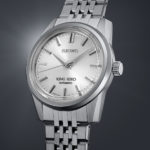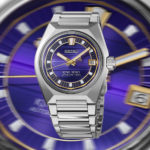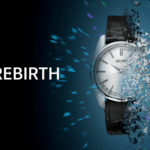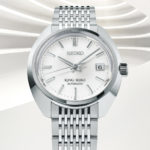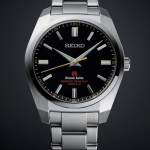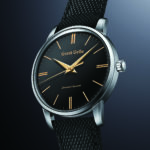Seiko Revives Retro Rotocall from Eighties Space Shuttle Era
Nostalgia that's out of this world.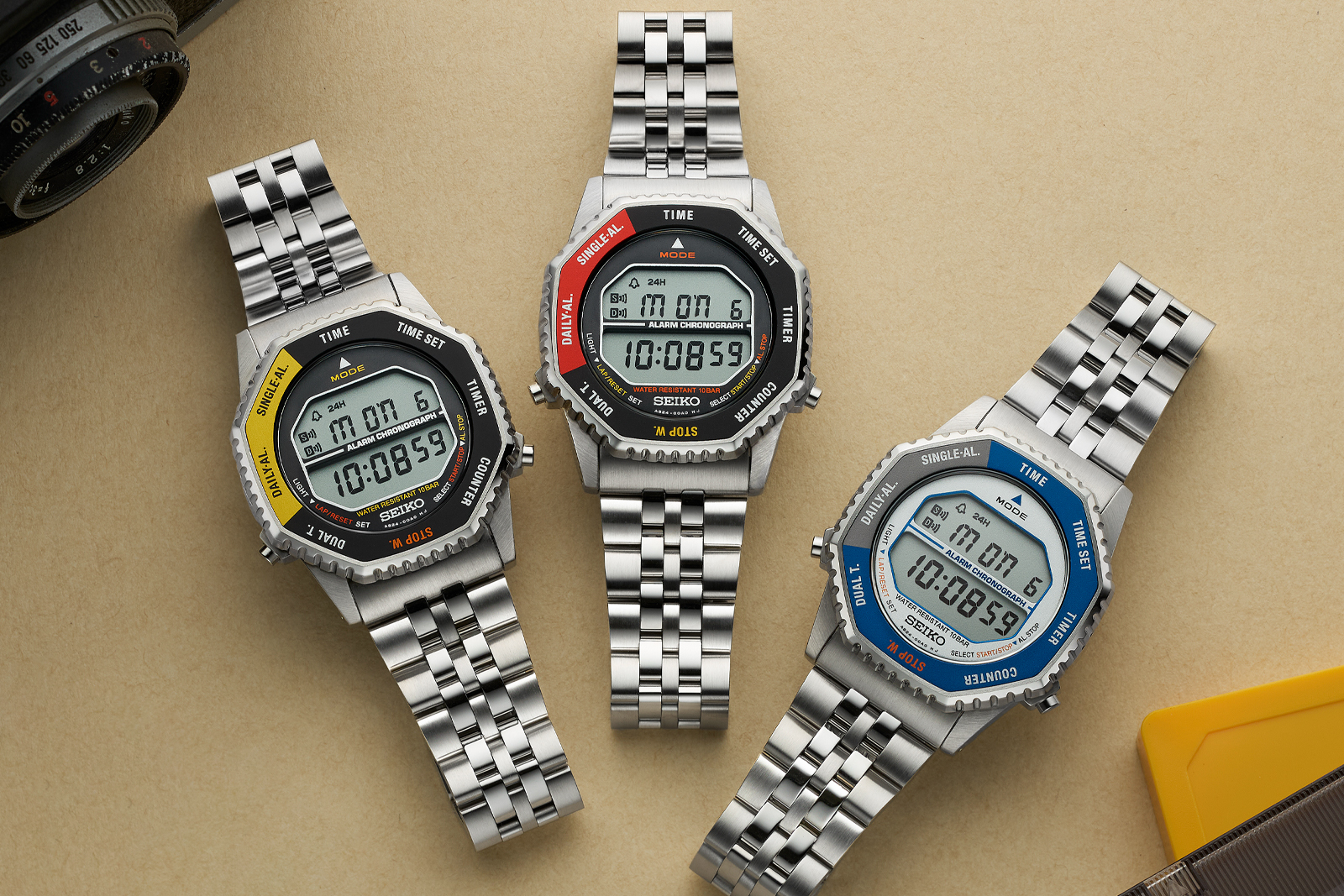
More Seiko watches have gone to space than any other brand, save for Omega and Casio, and Seiko brings back the most prolific of them all, the multi-function Rotocall. For the 2025 reissue, the brand has gone for authenticity over reinvention, retaining the original 37 mm case size and bezel-operated function selector, while making a concession for a more practical sapphire crystal.
Named for its nifty rotating bezel, the vintage Rotocall was most frequently worn on NASA Space Shuttle missions. The remake is available in three colourways, plus two limited editions for the Japanese market, the reissue of this 1980s favourite delivers a heavy dose of nostalgia.
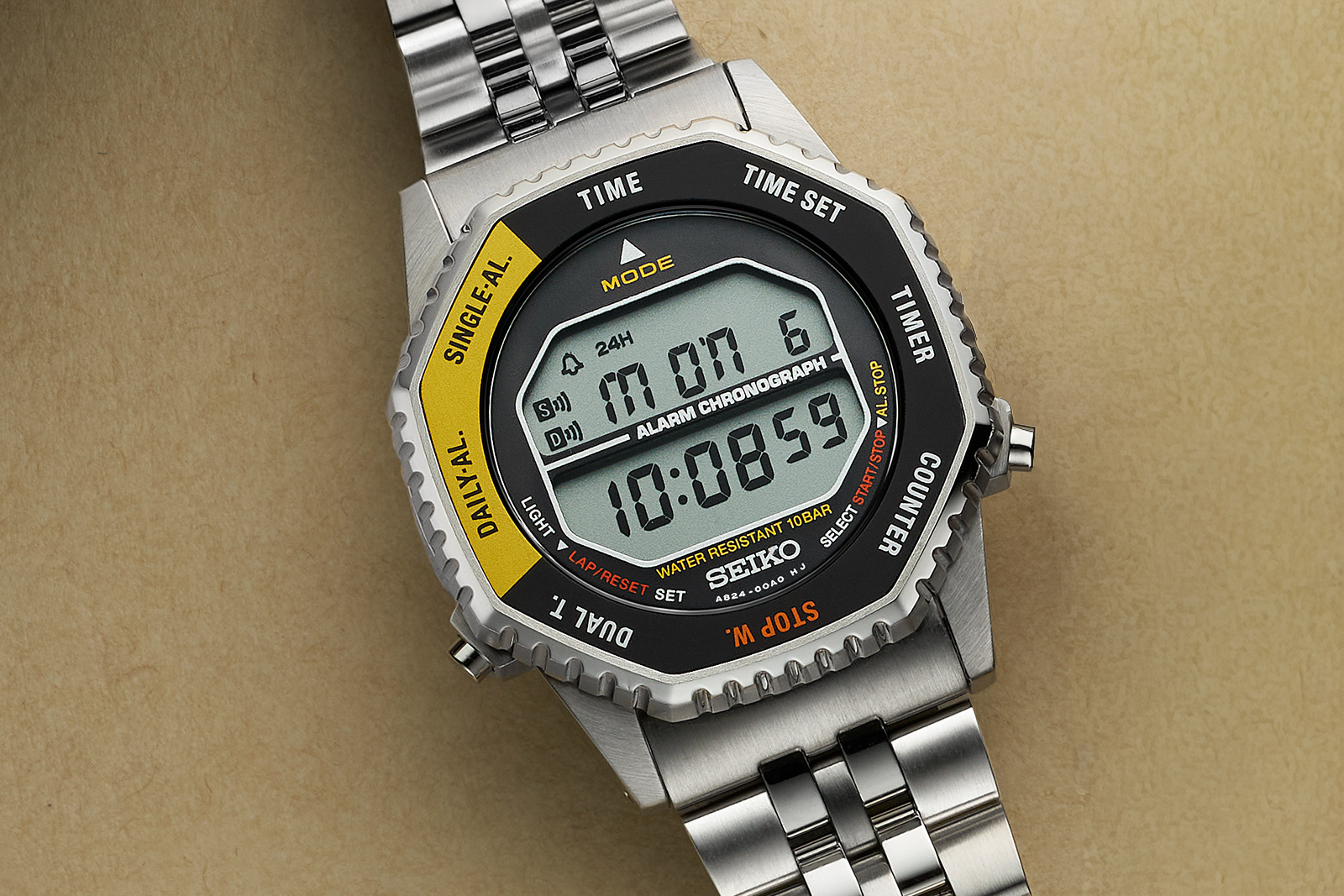
Initial thoughts
If the Speedmaster Professional is the “Moon Watch”, the Rotocall may as well be called the “Shuttle Watch”. NASA purportedly flight qualified the Rotocall around 1983 and, according to Robert Jackson, who maintains a database of watches used in space, Rotocalls crossed the Karman line nearly 200 times during the Space Shuttle program, which lasted until 2011.
Today, vintage Rotocalls are quite desirable, and unlike NASA-issued Speedmasters, which were government property, astronauts paid for and were allowed to keep their Rotocalls. Sotheby’s sold Kathy Sullivan’s watch, which she took to space twice – and once to the seafloor in the Challenger Deep – for over US$20,000 a few years ago.
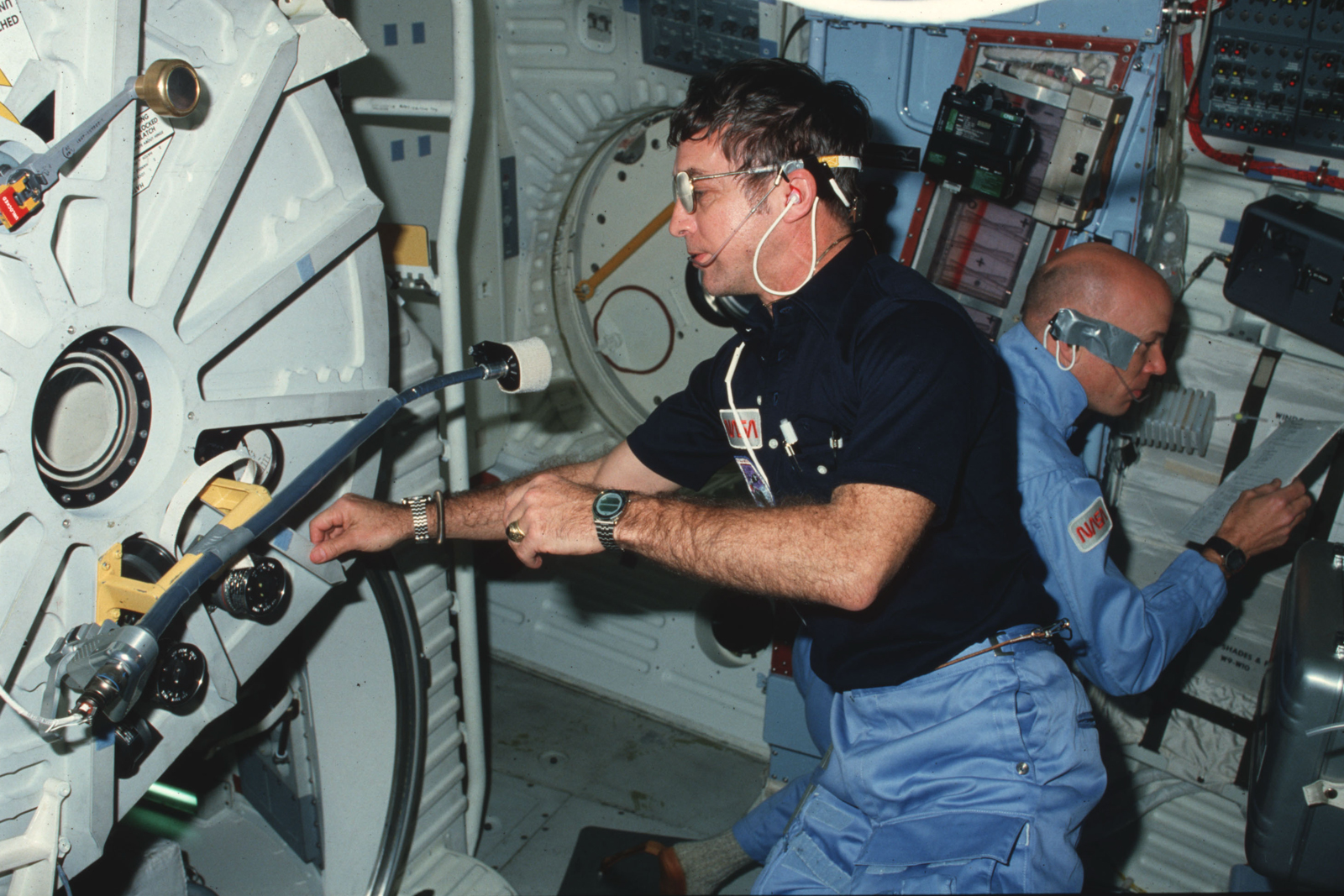
The Rotocall may be the most faithful of Seiko’s recent reissues; it’s the same diameter – 37 mm – and uses nearly the same movement as the original. This fidelity may be considered a strength or a weakness; for example it uses a tempered glass “Hardlex” crystal rather than sapphire, and there is considerable room for improvement on the bracelet, which still uses hollow end links and a thin-gauge stamped swing arm. That said, collectors seem happy to buy Speedmaster Professionals with acrylic crystals for the sake of authenticity, so maybe Seiko is on to something.
As for pricing, the Rotocall is priced at JPY71,500, which at the moment works out to about US$470. In a vacuum, it’s a lot of money for a simple quartz digital watch, but the nostalgia factor is high and the pricing should be easy to justify for many collectors. Furthermore, unlike many reissues, the new Rotocall is less expensive than the vintage original ref. A829-6029 in decent condition.
Recall the Rotocall
With this reissue, Seiko also canonises the “Rotocall” name. As I understand it, Seiko marketing originally used the ‘Rotocall’ moniker for the control system, which uses a rotating bezel to call the various functions, and it was not the official name of a specific model. Filling this void, collectors often unimaginatively called it the “Astronaut”, so I see this as an improvement.
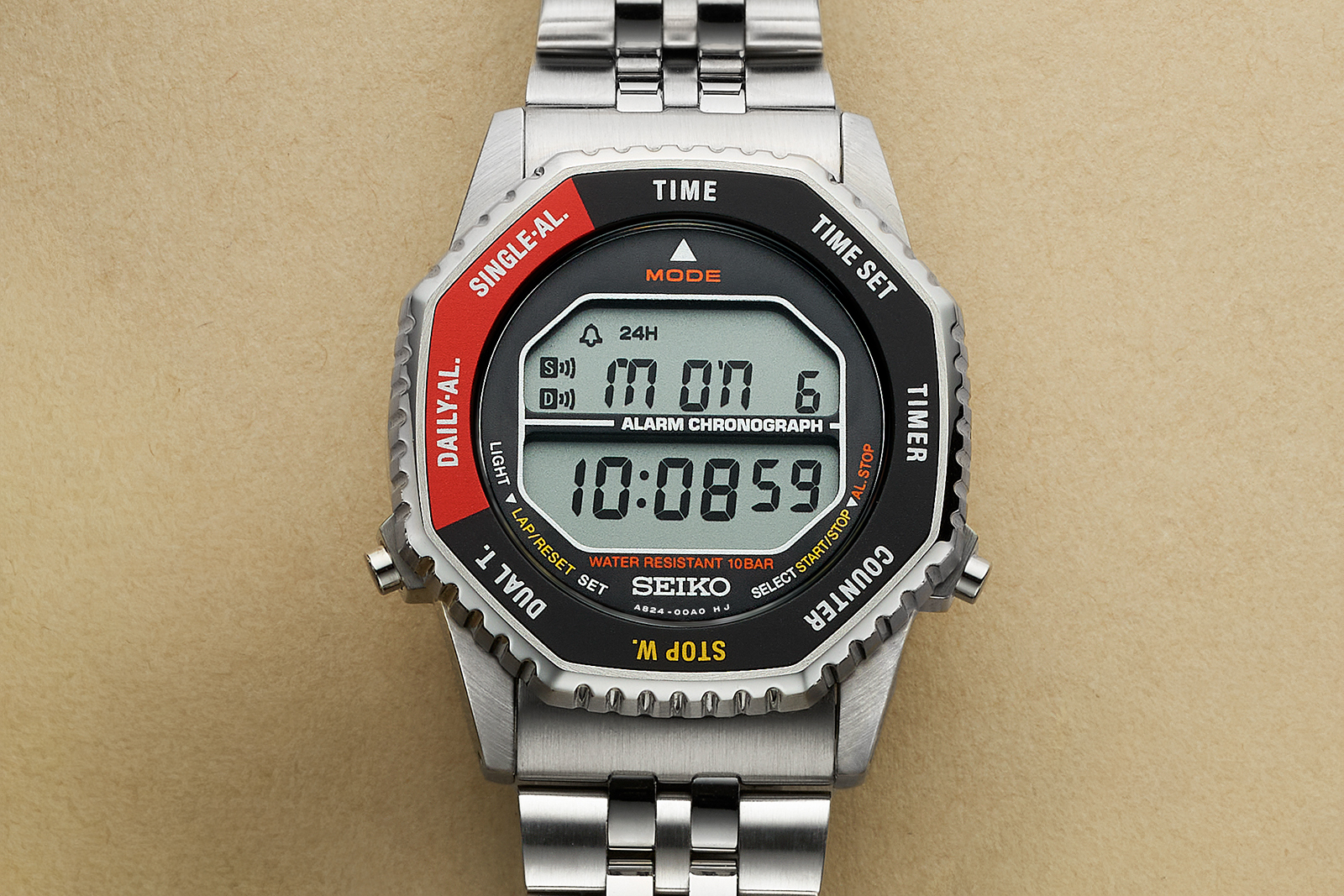
Like the original cal. A829, the the modern Rotocall’s cal. A824 has a perpetual calendar, second time zone, a split-seconds chronograph, countdown timer, counter, one-off alarm, repeating alarm, and, of course, the time. While the watch lacks lume, holding the button at eight o’clock for two seconds while in calendar mode activates a backlight.
Rotating the bezel cycles through the functions, with the one at 12 o’clock being active, allowing full control of the watch using just two buttons, located at four and eight o’clock.
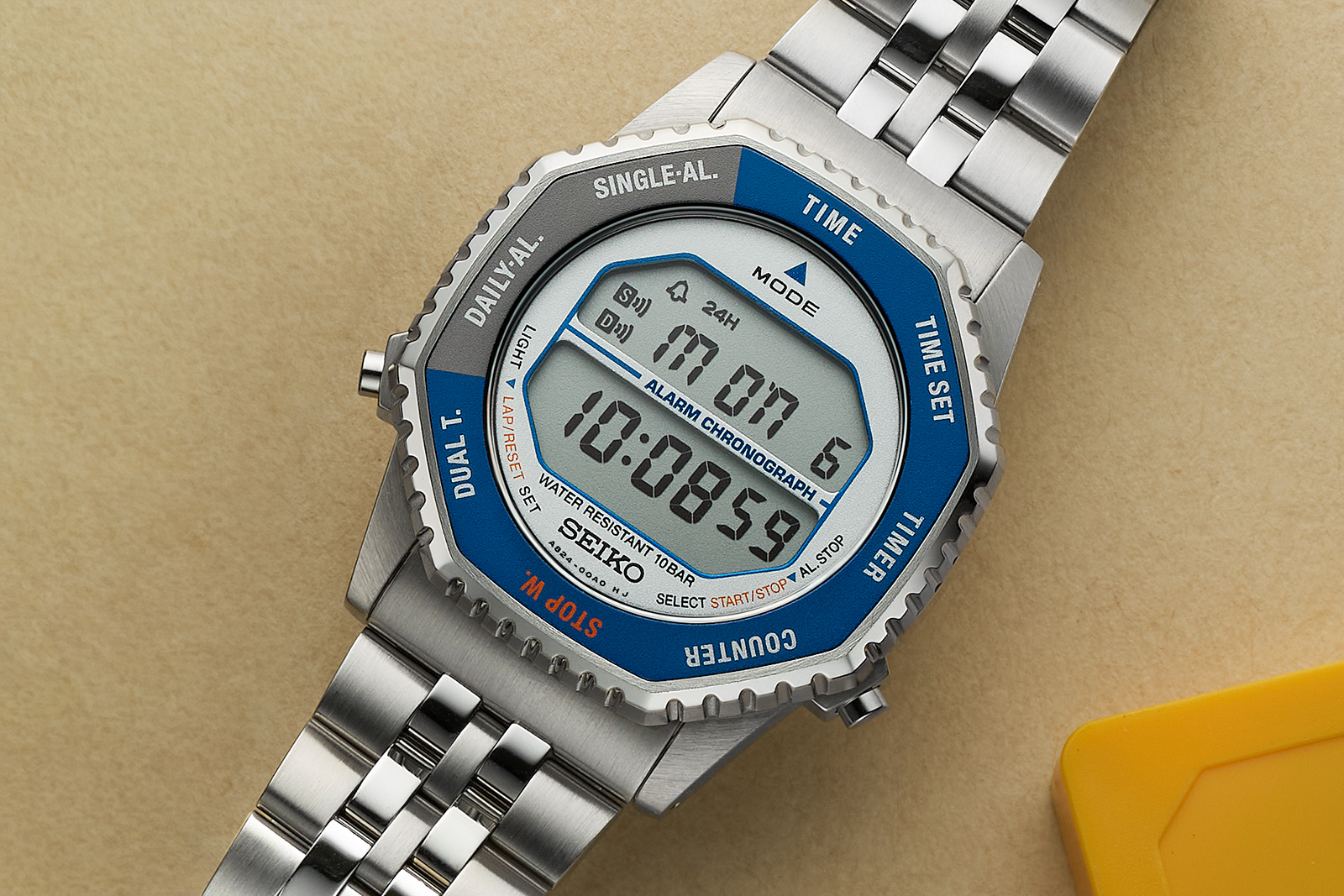
Despite the unusual interface between movement and bezel, the watch remains water resistant to 100 m; excessive for space faring, but the watch was originally conceived for more terrestrial activities.
Case construction is clearly to a higher standard than the original, as is finishing, which is now mostly brushed rather than (vibratory) polished.
Space Brothers
In addition to the three regulator production models, there are also two limited editions for Japanese market, which are themed on the popular Space Brothers comic series. One has a monochrome bezel, while the other is gold plated, to match the titular brothers’ spacesuits. Fortunately, for those not interested in the source material, the Space Brothers branding is subtle and confined to the case back, so there is little to dissuade general watch buyers other than a slightly higher price and the geographic limitation.
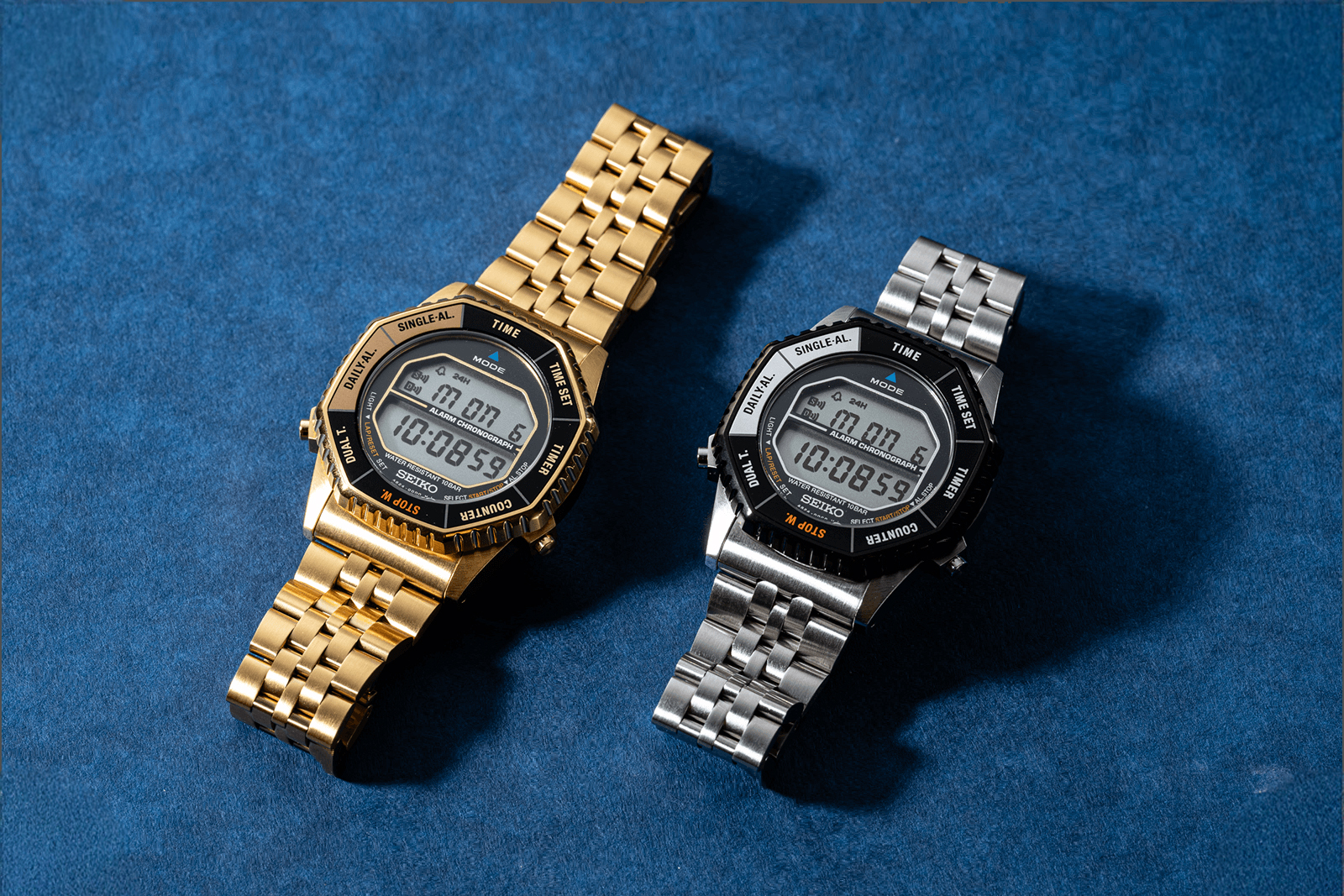
Both come with supplemental branded NATO straps, an idea proposed by the author of the Space Brothers series. The themed boxes are complementary, which creates pressure to buy both as to not estrange the brothers. As as additional incentive, buying both also gets you a branded Pelican case.
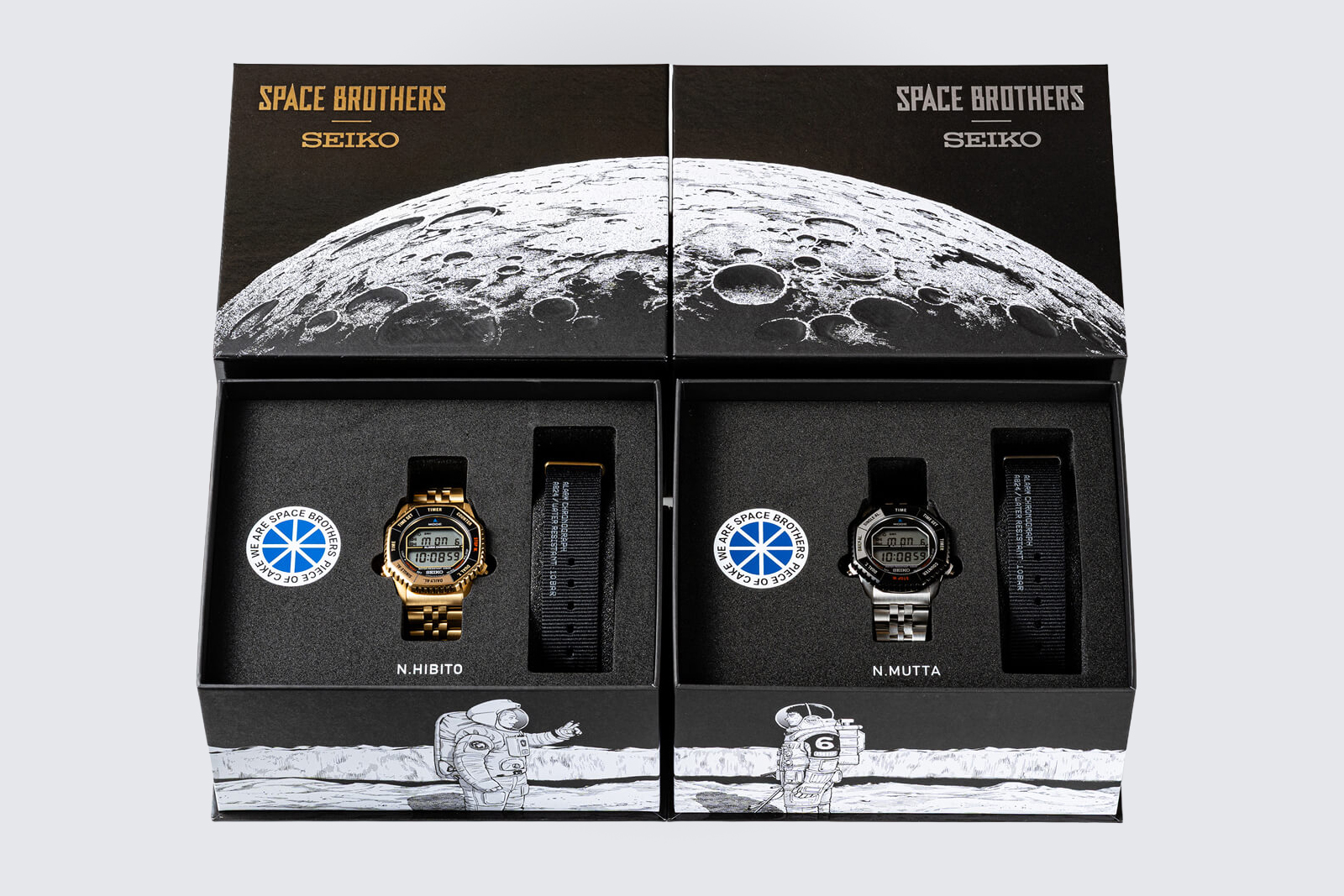
Key facts and price
Seiko Rotocall A824-00A0
Ref. SMGG17 / SBJG017 (yellow bezel)
Ref. SMGG19 / SBJG019 (red bezel)
Ref. SMGG21 / SBJG021 (blue bezel)
Ref. SBJG023 (“Space Brothers” monochrome bezel, Japan only)
Ref. SBJG024 (“Space Brothers” gold plated, Japan only)
Diameter: 37.0 mm
Height: 10.6 mm
Material: Stainless steel
Crystal: Sapphire
Water resistance: 100 m
Movement: Cal. A824
Functions: Hours, minutes, seconds, perpetual calendar, second time zone, chronograph, timer, alarms.
Frequency: 32,768 Hz
Power reserve: Battery life of approximately three years
Strap: Stainless steel bracelet
Limited edition: No, except for both “Space Brothers” models limited to 824 pieces, 110 of each to be sold in pairs.
Availability: From November 2025 at Seiko retailers, while “Space Brothers” also available through corkshop.jp
Price: JPY71,500 (~US$470); JPY80,300 (~US$530) for Space Brothers editions.
For more information, visit seikowatches.com.
Back to top.

